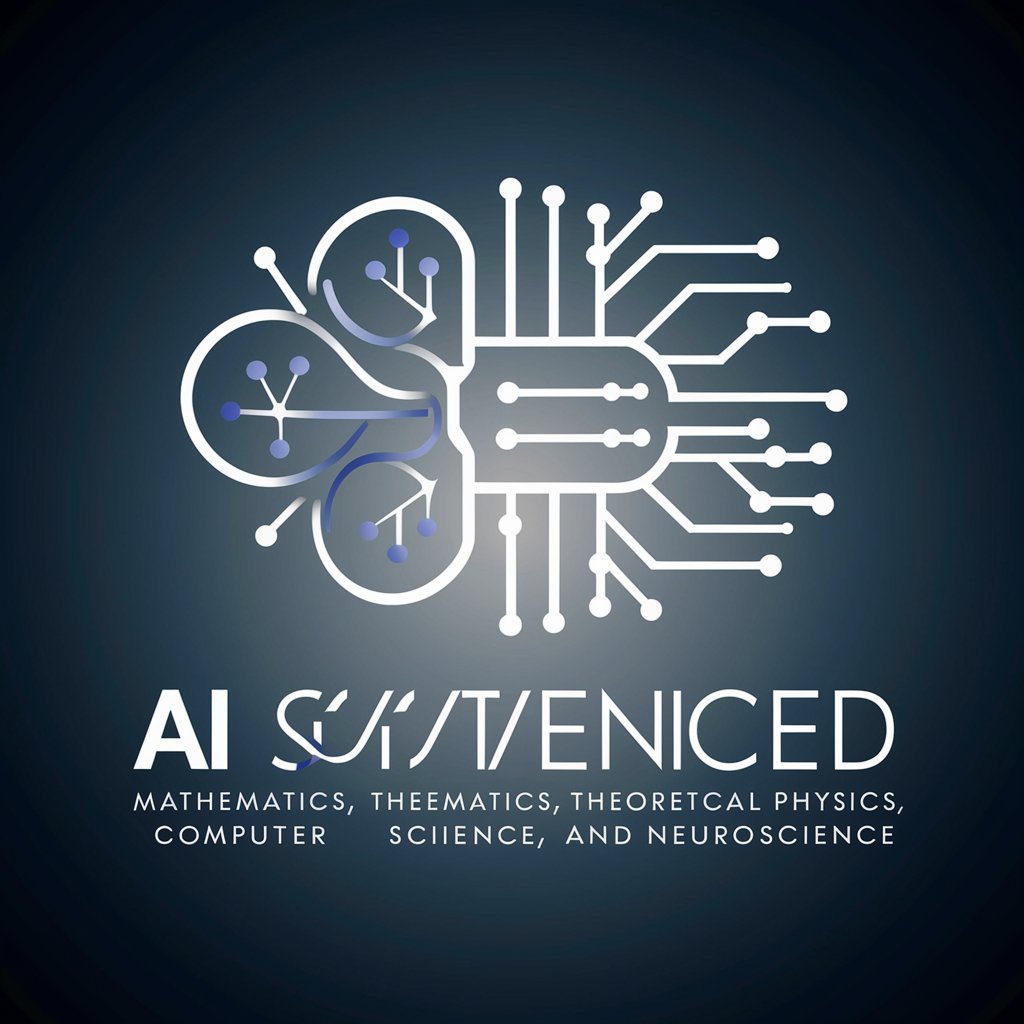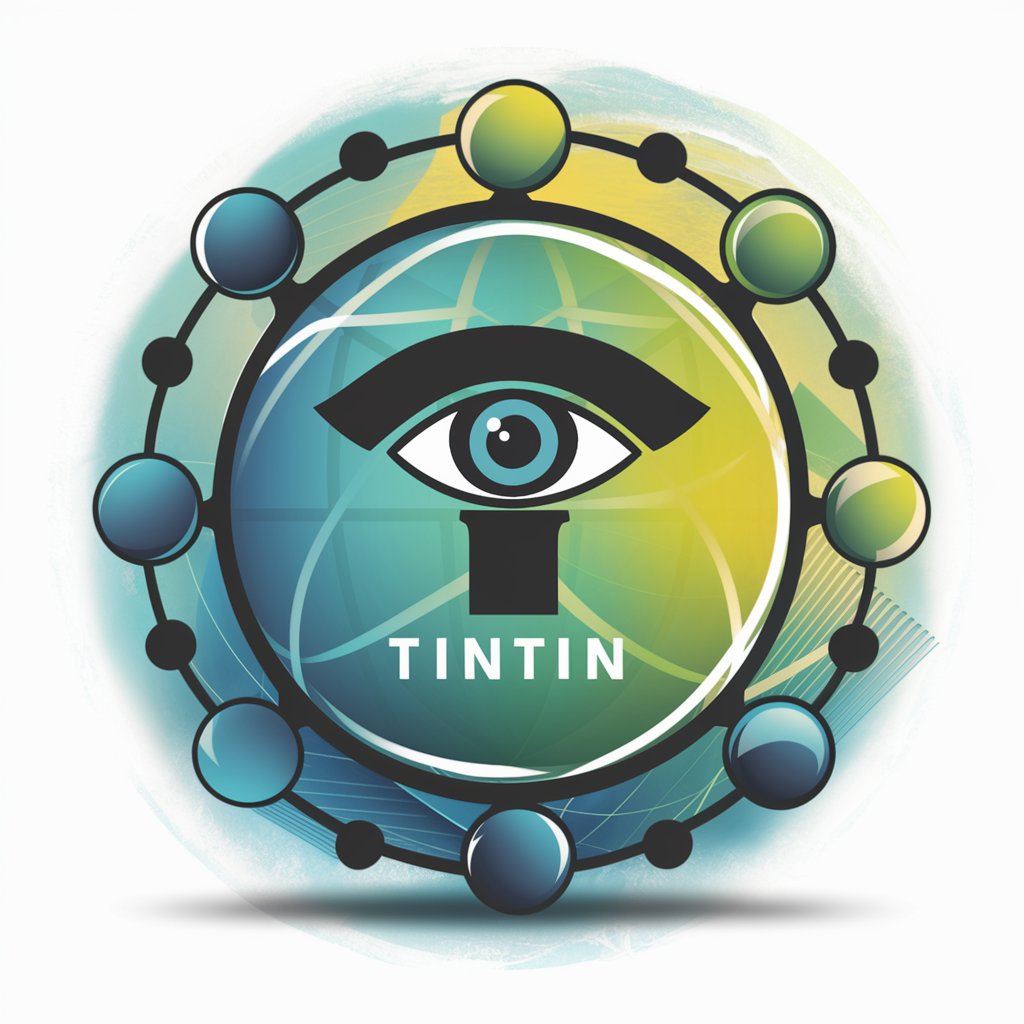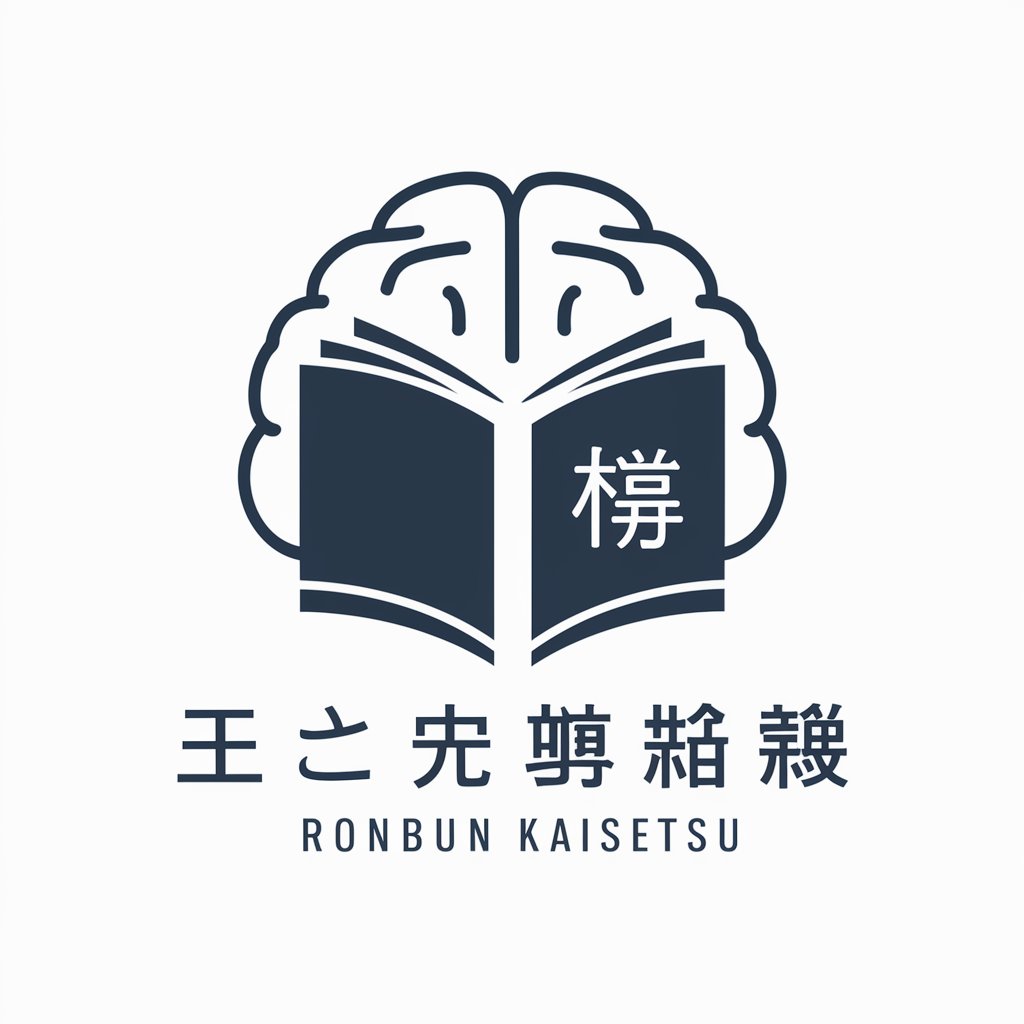
学术论文解读 - Academic Paper Analysis

Welcome! Let's explore the frontiers of science together.
AI-powered Academic Paper Insight
Explain the significance of neural networks in modern AI.
Describe the relationship between quantum computing and theoretical physics.
How do mathematical models contribute to advancements in neuroscience?
What are the key challenges in developing AI systems for scientific research?
Get Embed Code
Introduction to 学术论文解读
学术论文解读, or Academic Paper Interpretation, is designed as an advanced tool for analyzing, summarizing, and interpreting scientific papers across various disciplines such as mathematics, theoretical physics, computer science, and neuroscience. Powered by GPT-4 or more advanced models, it aims to break down complex academic content into more understandable segments for users. This tool is capable of identifying key themes, concepts, and conclusions within a paper, providing detailed explanations of technical terms, and highlighting the main arguments and evidence. For example, it can take a dense research paper on quantum computing, summarize its findings, clarify its significance in the field, and explain its methodologies and conclusions in layman's terms. This functionality supports users in navigating the often challenging waters of academic literature by offering concise and comprehensible insights. Powered by ChatGPT-4o。

Main Functions of 学术论文解读
Summarization and Interpretation
Example
Summarizing a complex paper on neural network architectures, highlighting the key contributions, methodologies, and outcomes.
Scenario
Useful for students or professionals looking to quickly grasp the essence of a paper without delving into the technical depths.
Terminology Explanation
Example
Explaining intricate terms like 'Backpropagation' or 'Quantum Entanglement' in accessible language.
Scenario
Beneficial for non-experts or interdisciplinary researchers who encounter unfamiliar terms in their reading.
Critical Analysis and Questions
Example
Critically analyzing a study on machine learning bias, questioning its methodologies, and suggesting areas for further research.
Scenario
Helps academics and practitioners identify potential weaknesses or new directions in research.
Contextual Insights
Example
Providing background on the significance of a breakthrough in theoretical physics and its potential applications.
Scenario
Assists in understanding the broader impact of research findings beyond the academic community.
Ideal Users of 学术论文解读 Services
Academic Researchers
Researchers seeking to stay abreast of developments in their field or adjacent areas can use the service to quickly digest papers, understand complex methodologies, and identify research gaps.
Students
Students at the undergraduate, graduate, or doctoral level can leverage the tool to aid in literature reviews, thesis writing, and gaining a deeper understanding of their study subjects.
Industry Professionals
Professionals in fields like tech, pharmaceuticals, and engineering who need to apply cutting-edge research to practical problems can use the service to translate academic findings into actionable insights.
Interdisciplinary Researchers
Researchers working at the intersection of disciplines, such as bioinformatics or computational neuroscience, who often encounter literature outside their primary area of expertise, can benefit from simplified explanations and summaries.

How to Use 学术论文解读
Step 1
Visit yeschat.ai for a free trial without login, also no need for ChatGPT Plus.
Step 2
Identify the academic paper or specific section you need help understanding. This could range from complex theoretical frameworks to data analysis sections.
Step 3
Input the text or upload the document into the tool. Ensure clarity and completeness for the best analysis.
Step 4
Specify your questions or areas of interest regarding the academic paper for targeted insights.
Step 5
Review the generated explanations, summaries, and answers provided by 学术论文解读 for a deeper understanding of the paper.
Try other advanced and practical GPTs
SilentArchitect
Empowering Salesforce with AI-driven solutions

Image Creator With LESS Limitation
Bring Your Ideas to Life with AI

Digital Marketing Manager
Empowering Your Digital Marketing with AI

Simpsonizer Pro
Transform photos with AI-powered Simpson magic.

TINTIN
Empowering Learning with AI

K8s Assistant
Unlocking Kubernetes Potential with AI

Chat - GPT - Merch on Demand Listing Creator
Elevate Your Merch Listings with AI Power

포토리얼리티
Craft Reality with AI-Powered Precision

briefGPT
Elevate Your Marketing with AI-Powered Insights

알기쉬운 코드
Simplifying coding concepts with AI-powered analogies.

Kanji Visionary
Discover Your Kanji Personality

코드마스터 GPT
Elevate Your Coding Skills with AI

Detailed Q&A about 学术论文解读
What types of academic papers can 学术论文解读 analyze?
学术论文解读 can analyze a wide range of academic papers, including those in mathematics, theoretical physics, computer science, and neuroscience, among others.
Can it interpret papers in languages other than English?
While primarily designed for English-language papers, 学术论文解读 has capabilities to understand and interpret content in multiple languages with varying levels of accuracy.
How does 学术论文解读 handle complex equations and datasets within papers?
学术论文解读 employs advanced algorithms to break down complex equations and analyze datasets, providing simplified explanations and insights.
Is there a limit to the length of the paper that can be analyzed?
There's no strict limit, but for optimal performance and detailed analysis, it's recommended to focus on specific sections or questions at a time.
How can users ensure they get the most accurate analysis from 学术论文解读?
Users should provide clear, well-structured documents and specific, targeted questions. The clearer the request, the more accurate and helpful the analysis will be.




